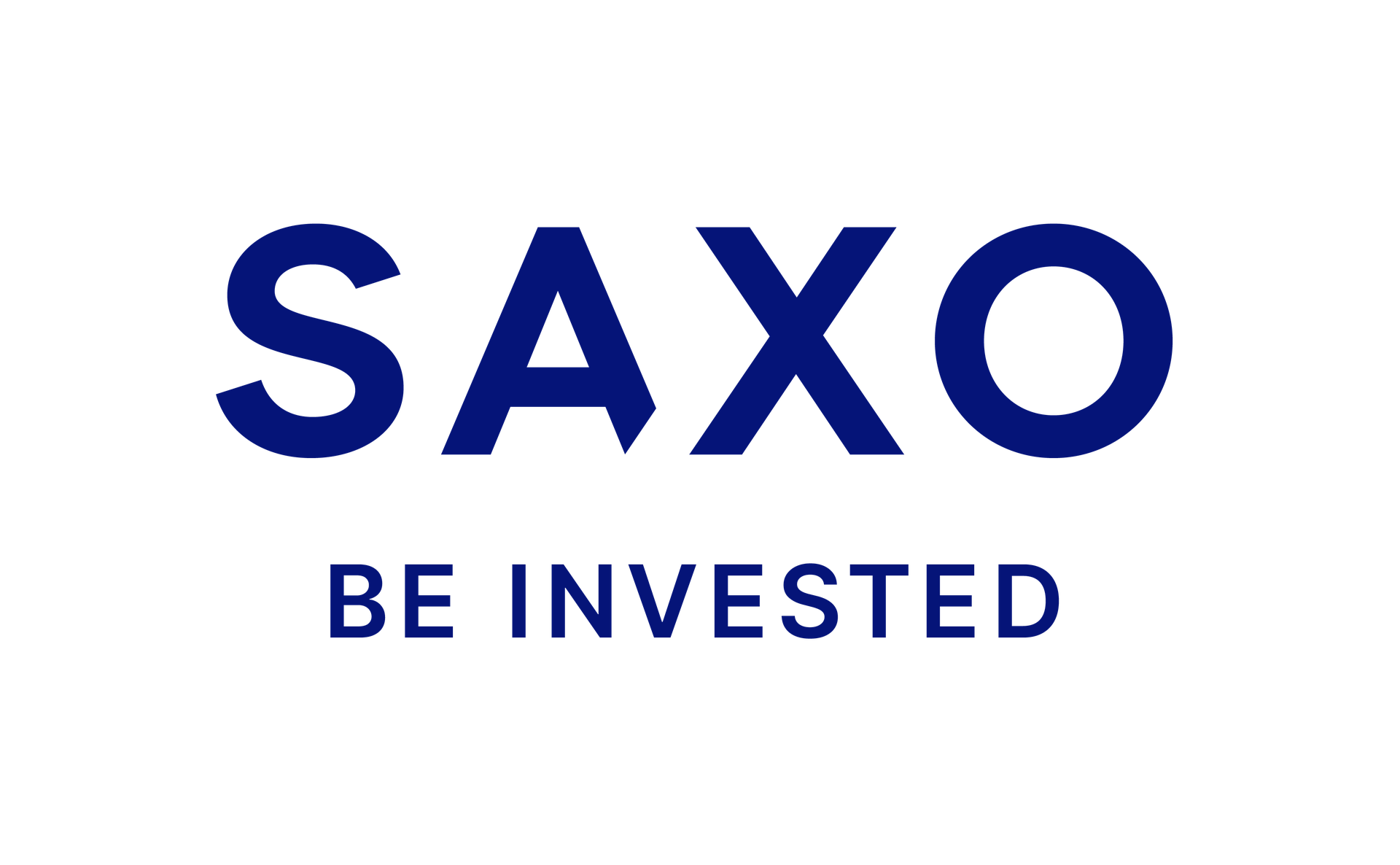Table of Contents
Take a look at the table of best savings offers and you’ll find that most of the best rates are offered by relatively unknown banks, such as Oxbury, Monument and NuWealth.
It’s easy to leave your money in a less attractive account due to inertia or forgetfulness, but some might think these rates are too good to ignore, especially when compared to the paltry offerings from most traditional banks.
Oxbury offers an easy-to-access deal that pays 5.04 per cent interest, much more than the 1.66 per cent on Barclays’ Everyday Saver, or the 1.75 per cent on balances up to £24,999 on NatWest’s Flexible Saver.
So why are their rates so much better and what should savers check before taking the plunge?
> Best savings rates made easy: find the best deals
Challengers: Smaller banks are competing with major brands for market share, but savers may have some questions before opening a savings account with one.
Does my bank have FSCS protection?
If you are worried about choosing a smaller bank, the first way to allay your fears is to make sure the bank in question has FSCS protection.
The Financial Services Compensation Scheme ensures that your balance will be protected up to £85,000, or £170,000 for a joint account if your account provider fails.
Checking the FSCS register will also help you find out if scammers are using the name of a legitimate company to steal your money.
You can check if your supplier is registered in the FSCS website.
FSCS protection only provides protection to banks based in the UK.
Some banks share licences with each other, especially if they are owned by the same parent company. This means that if you have accounts with companies that share licences, you will only be protected up to £85,000 if both go bust.
You can check if your bank has a shared license here.
Why are savings rates better at smaller banks?
Less established banks and building societies generally top the charts when it comes to the savings rates they offer.
This is because they are competing for market share and are therefore more generous in their offerings in an attempt to win customers and build loyalty. Meanwhile, traditional banks already have strong customer bases, so they need less cash from new customers.
What this means for those saving in traditional banks is that their interest rate is unlikely to be competitive, while those looking for a new account could get much better returns on their savings.
Another advantage that allows them to be competitive is that their operating costs are much lower compared to traditional banks. Without the need for branches, branch staff or ATMs, these competitors can afford to be more generous in the rates they offer to customers.
Consult a bank’s customer service
Of course, hand in hand with the lack of branches comes the absence of in-person staff to help you resolve your issues.
For those who value their local bank branch and the face-to-face support they can get from it, shifting their savings to a lesser-known bank could prove to be an unwelcome change.
Many banks facing this challenge are using new technologies that enable them to offer faster customer service, as newer companies can adopt and integrate updated technologies more quickly than banks that rely on traditional systems.
Unfortunately, this often involves chatbots and messaging, which may not be the first choice for people who prefer a phone call if they can’t see someone in person.
Even big banks are increasingly implementing AI-powered chat systems as their preferred form of customer service, though you can usually just turn to your nearest branch if you can’t get anywhere online.
If you’re considering switching and there’s a helpline available, it might be worth calling it to see what wait times you might expect and how helpful the bank staff are.
Will I receive paper bank statements?
In addition to their local bank branch, customers of some smaller banks may have to say goodbye to paper statements.
While most challenger banks offer online banking services as well as apps, some customers may not feel comfortable abandoning the method they have banked with for years.
Meanwhile, some services, such as the popular Chip, only offer banking services via apps and do not have an online banking website. This means that those without access to a smartphone will not be able to open a savings account with these providers.
While some digital players are at the forefront of technology and user experience, other smaller providers, such as lesser-known banks and building societies, have websites that are difficult to navigate for online banking, especially for those less familiar with the online world.
Before you commit your life savings to a bank, take a good look at the bank’s website and app.
Reading bank reviews on Google, Trustpilot and Feefo can also give you an idea of what to expect when using their services.
Likewise, these platforms can be useful to know how their customer service works and how easy it is to withdraw your funds.
SAVE MONEY, EARN MONEY

Boosting investment

Boosting investment
5.09% cash for Isa investors

Cash Isa at 5.17%

Cash Isa at 5.17%
Includes 0.88% bonus for one year

Free stock offer

Free stock offer
No account fees and free stock trading
5.78% savings
5.78% savings
You have 365 days’ notice

Transaction fee refund

Transaction fee refund
Get £200 back in trading commissions
Affiliate links: If you purchase a product This is Money may earn a commission. These offers are chosen by our editorial team as we believe they are worth highlighting. This does not affect our editorial independence.
Some links in this article may be affiliate links. If you click on them we may earn a small commission. This helps us fund This Is Money and keep it free to use. We do not write articles to promote products. We do not allow any commercial relationships to affect our editorial independence.


